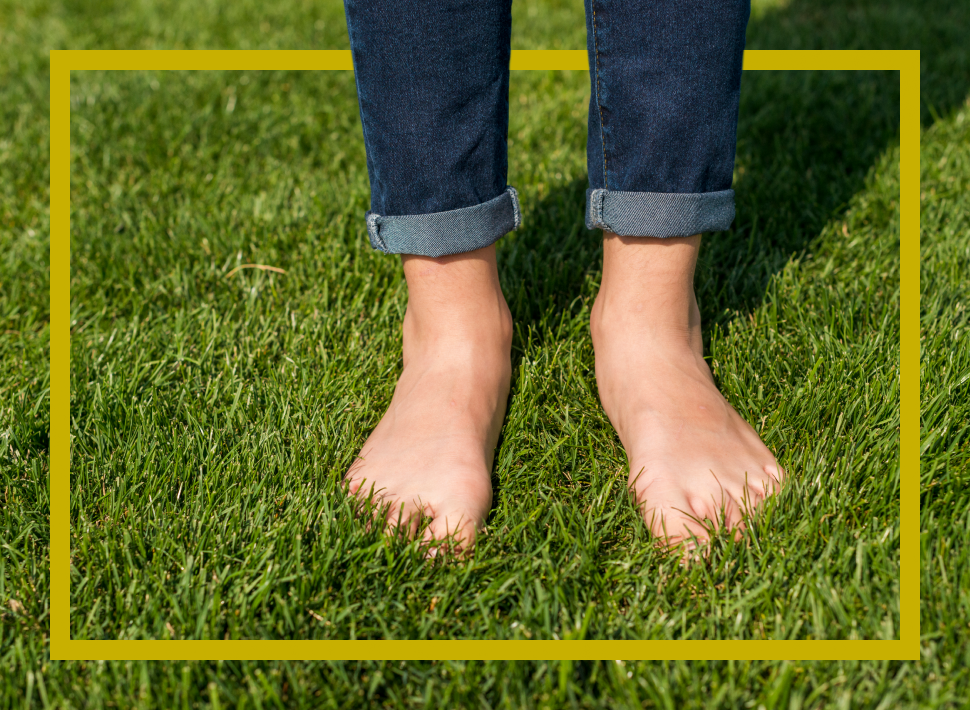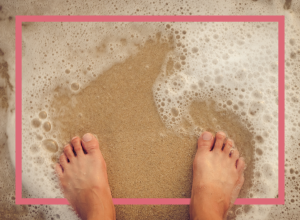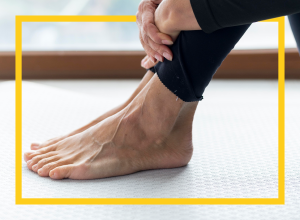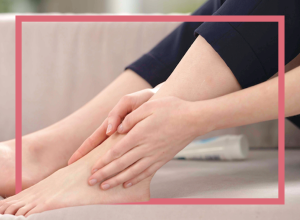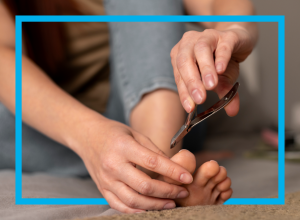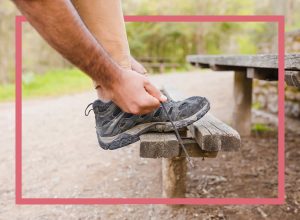Tight shoes, standing for long periods or friction when walking put the skin on your feet under strain every day. Poorly fitting or non-breathable footwear in particular leads to increased stress on the skin and increased sweating of the feet. To protect itself, the body reacts by forming calluses – especially on the heels and balls of the feet. How pronounced this callus formation is depends on various factors: the individual’s predisposition, any existing skin problems, the type of care and the duration and intensity of the pressure load.
Calluses on the feet are therefore initially a natural protective function. However, if it becomes too thick, it is not only visually unpleasant, but can also become cracked and painful. Regular care and gentle removal help to keep the skin supple and prevent discomfort.
Causes of calluses on the feet
Calluses form on the feet, especially in areas that are constantly exposed to pressure and friction – such as the heels, balls of the feet or toes. This causes the top layer of skin to gradually thicken. This keratinization is initially a completely natural protective mechanism: the skin produces more horny cells to make sensitive areas more resistant.
Normally , the skin renews itself regularly – new cells are created, while dead skin cells are pushed outwards and eventually shed. However, if the skin is subjected to constant stress, more and more of these dead cells accumulate. This results in a firm horny layer that can become up to several millimetres thick over time.
Slight calluses on the feet are therefore no cause for concern. They only become problematic when they become very hard or cracked. Then it can look unattractive, become tight or even cause pain. Cracks – known as fissures or rhagades – open the way for germs such as bacteria or fungi to enter the skin and can promote inflammation.
Removing calluses from your feet: the way to well-groomed feet
Dry, hardened skin on the feet is particularly noticeable in open shoes in summer. Regular and gentle foot care is important to prevent calluses from becoming too thick in the first place. A warm foot bath softens the hardened areas and optimally prepares the skin. Dead skin flakes can then be gently removed with a pumice stone or a fine callus file. It is important to proceed with caution and not remove too much skin to avoid injury.
After callus removal, the skin needs moisture above all else. Nourishing gels, creams or mousses with moisture-binding ingredients compensate for the loss of moisture and support natural skin regeneration. Applying cream to your feet once or twice a day prevents the build-up of thick layers of callus and keeps the skin supple.
Choosing the right footwear also plays a major role, for example when hiking: Shoes that are too tight or non-breathable increase pressure and friction – and thus again promote the formation of calluses. Breathable materials and well-fitting shoes relieve the skin and improve the foot climate.
The right care – particularly important for sensitive skin and diabetes
A good supply of moisture is the most important step in preventing calluses and maintaining the skin’s elasticity. Care products with moisture-binding ingredients such as urea help to keep the skin supple and at the same time loosen hardened horny layers. This allows the skin to regenerate and remain more resistant to external influences.
Especially for sensitive or cracked skin – for example on the heels – the Spirularin® SR Cracked Skin Cream offers valuable support. It contains plant-based hyaluronic acid from Snow Fungus, urea and the microalgae active ingredient Spiralin®. This combination provides intensive moisture, strengthens the skin barrier and at the same time offers antimicrobial protection. This provides dry skin with important care substances without overloading it.
Careful foot care is particularly important for people with diabetes, as the skin is often less well supplied with blood and more susceptible to minor injuries or infections. At the same time, the sensation of pain can be reduced so that pressure points or cracks are often only noticed late. Regular, gentle care helps to keep the skin supple and reduce the risk of chapping.
Conclusion
Calluses on the feet are initially a natural protective reaction to pressure and friction. As long as it remains thin, it protects sensitive areas of skin. However, if it becomes too thick, it can crack, tighten or cause pain. With regular, gentle removal and moisturizing care, hardened areas of skin can be kept under control and new calluses can be prevented.
Good foot care is particularly important for people with sensitive skin or diabetes, as even the smallest cracks pose an increased risk of infection. Supportive care products such as Spirularin® chapped foot cream help to moisturize the skin, strengthen its natural protective function and keep it supple.
With a little attention and the right care, your feet will not only look well-groomed, but will also remain healthy and resilient in the long term. Typical complaints such as callus pain on the feet or cracked heels can also be better avoided.
Experten-Tipp entstand in Zusammenarbeit mit:
Patrick Günther
Patrick Günther completed his pharmacy studies in Hamburg and, after obtaining his licence to practise, worked for several years in marketing and sales in the pharmaceutical industry. In 2003, he took over ocean pharma, the company founded by his father in Reinbek near Hamburg in 1978. Together with his business partner, he patented the important processing and standardisation process for the microalgae active ingredient Spiralin® and developed a wide range of medical cosmetics and foot care products based on Spiralin®.
